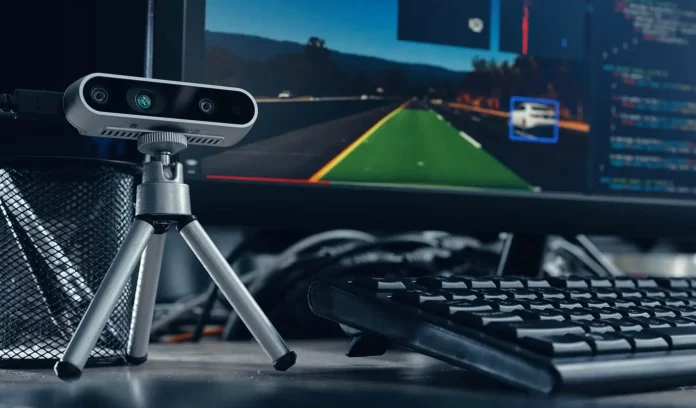In the ever-evolving field of manufacturing and production, ensuring the highest quality standards is of paramount importance. Visual inspection plays a critical role in identifying defects, anomalies, and potential issues during the production process. However, traditional manual inspection methods can be time-consuming, prone to human error, and limited in scalability. This is where computer vision software comes into play, revolutionizing production inspection by automating and improving visual tasks.
What is Computer Vision Software?
Computer vision software refers to the technology that enables machines to analyze and interpret visual data, such as images or videos, much like the human visual system. Using advanced algorithms, machine learning, and artificial intelligence, computer vision software, such as the solutions offered on this website, can detect patterns, recognize objects, and perform complex visual inspections in real time.
The Advantages of Automated Visual Tasks
Integrating computer vision software into production inspection brings numerous advantages to manufacturers.
Increased Speed and Efficiency
Computer vision software enables high-speed image processing, significantly reducing inspection time compared to manual methods. The software can quickly analyze immense volumes of visual data, detecting defects and anomalies in real-time. This not only accelerates the production process but also enhances overall efficiency.
Enhanced Accuracy and Consistency
Human inspectors are prone to errors, especially when performing repetitive tasks for long durations. Computer vision software eliminates the risk of human error, providing consistent and accurate results in every inspection cycle. This ensures a higher level of quality control and minimizes the chances of defective products reaching the market.
Scalability and Cost-effectiveness
As production volumes increase, manual inspection becomes increasingly impractical and costly. Computer vision software offers a scalable solution, capable of handling large quantities of visual data effortlessly. By reducing the need for manual labor, manufacturers can save on costs while maintaining efficient and reliable production inspection processes.
Versatility in Visual Inspection
Computer vision software is versatile, allowing manufacturers to customize and train the software to identify specific defects or features based on their unique production requirements. This adaptability makes it suitable for inspecting various types of products, ranging from consumer electronics to automotive components, ensuring quality control across different industries.
Real-time Monitoring and Data Analytics
Computer vision software not only automates visual tasks but also provides real-time monitoring and data analytics. With live insights into the production process, manufacturers can identify trends, track performance indicators, and make data-driven decisions to optimize production efficiency and quality control.
Implementing Computer Vision Software
To harness the power of computer vision software for production inspection, manufacturers should consider the following steps:
Identify Key Visual Inspection Tasks: Determine the specific visual tasks that need to be automated and improved to enhance production quality control.
Select the Right Software Solution: Research and choose a computer vision software solution that aligns with the manufacturing requirements and offers the necessary features for the identified visual tasks.
Training and Integration: Train the software using labeled data to recognize and classify defects or anomalies specific to the production environment. Integrate the software into the existing production inspection workflow, ensuring smooth coordination with existing systems and equipment.
Validation and Performance Monitoring: Regularly validate and monitor the performance of the computer vision software to ensure accurate detection and consistent results. Fine-tune the software parameters as needed and address any issues that arise.
Continuous Improvement: Leverage the insights and data gathered through the computer vision software to drive continuous improvement in the production process. Identify areas for optimization, enhance inspection protocols, and refine quality control measures based on the software’s feedback.
Embracing the Future of Production Inspection
Computer vision software is revolutionizing production inspection by automating and improving visual tasks, increasing speed, accuracy, and scalability. By integrating this technology into their workflows, manufacturers can achieve higher levels of product quality, reduce costs, and enhance overall efficiency. Embracing computer vision software allows manufacturers to stay competitive in an ever-evolving industry where quality, efficiency, and precision are the keys to success.



































